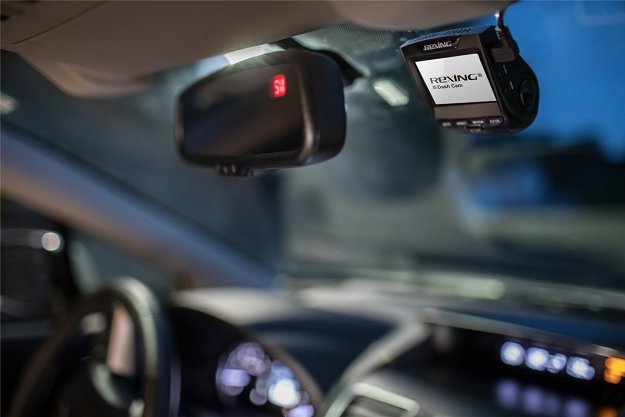On even-numbered years, MINI North America hosts a cross-country owner’s rally called “MINI Takes the States,” and this year we were invited to join.
In concept, the drive seemed straightforward enough: San Francisco to Boston over the course of two weeks with as many owners as the brand could muster. We’d take the scenic route between stops, adding hours and miles to the drive, effectively zigzagging across the country as we headed east.
I wasn’t convinced that I could actually afford to take two weeks of vacation on a whim, so I committed to drive to the halfway point in Dallas. As an east coaster, that would give me the chance to see parts of the country that feel more like Mars than America. So I wedged my six-foot-two-inch frame into a self-proclaimed small car for seven days of desert driving.
San Francisco to Grand Junction
The first few days of the drive revealed a desolate moonscape, mostly untouched by humans. That’s with a caveat, of course, because Highway 50 — America’s “Loneliest Road” — was filled with hundreds of MINIs and MINI owners as they passed, waved, and slowed down for photo opportunities with each other.
Related: Dodge makes the world’s most powerful sedan
The drive down the “Million Dollar Highway” from Grand Junction to Albuquerque included some of the most epic mountain views imaginable, and ABQ to Lubbock, Lubbock to Austin, and Austin to Dallas proved that everything really is bigger in Texas, especially the number of hours between cities.
For me, the drive covered six states in as many days, but there are a couple things that I walked away with that have changed my perception of MINI as a brand.
Firstly, the community of MINI owners is one of the most exciting, most enjoyable cults of driving enthusiasts in the business. These people love their cars with the same level of enthusiasm that Ferrari owners do, and they do it with a certain silliness and infectious zeal for life that we don’t see often enough.
I couldn’t help but laugh, smile, and wave as drivers in clown suits drove by in convertibles, or inflated space aliens rode shotgun in Countrymen. These are shoppers who truly love the joy of motoring, and they leave you wanton for a MINI of your own, just so you can keep hanging with the crowd.
Extras
While cute and undersized, these cars aren’t cheap. However, they aren’t necessarily inexpensive, either.
Backed by BMW, every style of Cooper feels better-built with better materials than similarly-sized Fiestas, Fits, and virtually any other subcompact on the market. The doors feel sturdy, the sound system is excellent, and the infotainment has been sourced directly from BMW and Rolls-Royce.
Related: Why self-driving cars are still way off in the future
Even after nearly 70 hours of driving, the seats never left me feeling achy or fatigued, and I never felt cramped for space. That’s not to say that the entire family could cross the country in one of these cars (at least not with their bags), but a week’s worth of travel for two is easily managed. However, MINI leans heavily on its ability to personalize each individual vehicle, and those options come at a cost.

After asking a few owners, it became clear that nearly doubling the car’s base price with features and options wasn’t an uncommon practice, though many drivers seemed just as content to drive a standard model with just the basics.
I also had plenty of time to explore the MINI’s connectivity technologies, of which there are many. The 2014 Cooper syncs with your mobile phone to teach you how to drive more efficiently or with more spirit, and it integrates with many social media platforms, including Facebook and Twitter.
The new Cooper Hardtop also offers a heads-up display, radar cruise control, and a self-parking system, much like the more expensive BMWs on the market, which has piqued our interest in learning more about MINI’s plans to keep up with the ever-evolving world of consumer technology.
Welcome to the garage
We are Digital Trends, after all, and MINI has promised that there are features coming down the line that will really blow our socks off. So, we’ve decided to add a 2015 MINI Cooper Hardtop to our long-term garage, where we’re going to throw all but the kitchen sink at it, in terms of mobile tech.
We plan to drive it down to January’s Consumer Electronics Show in Vegas, pair it to every device we bring into the office for review, and generally get a feel for all of the technology, features, reliability, and performance these pint-sized hot hatches have to offer.
And we’ll need your help deciding how to review it, too. Stay tuned for now, and in the meantime, motor hard.
Editors' Recommendations
- Mini begins taking orders for the all-electric 2020 Cooper SE
- All-electric Mini Cooper SE road-tripped from San Francisco to Los Angeles
- Electric Mini Cooper SE laps the Nürburgring without using its brakes





